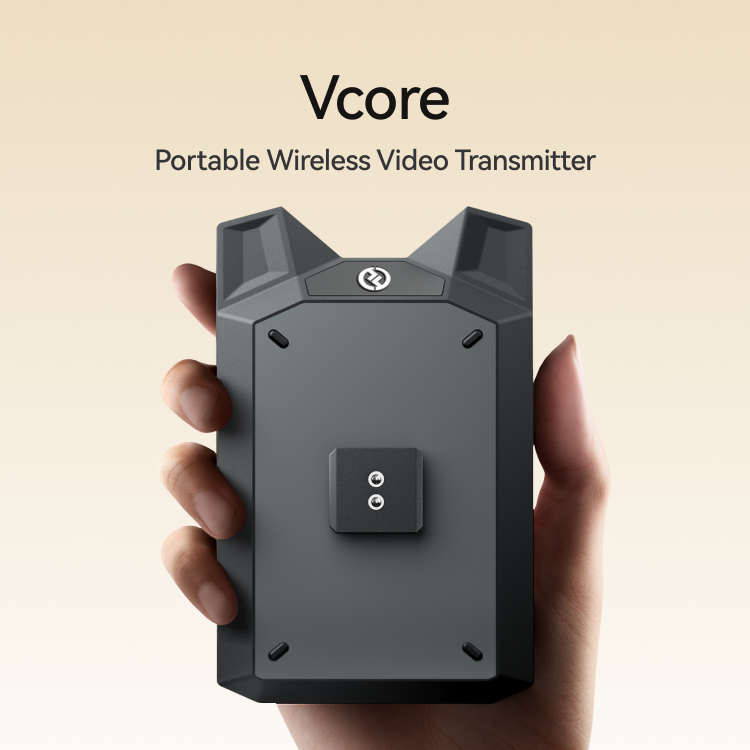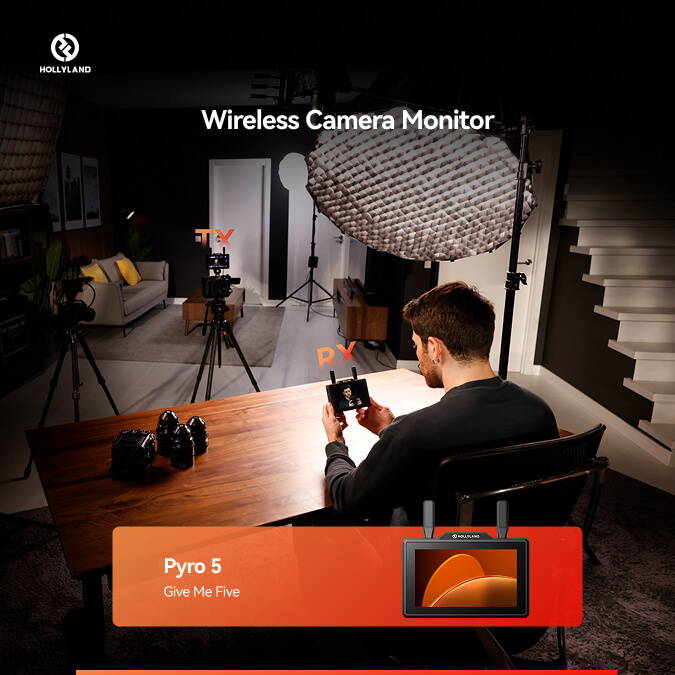Tired of messy cables and limited movement? A wireless mic solves that. It helps speakers and performers move around freely. That’s why pros go for them. Less clutter, more freedom, and better energy on stage. It just makes sense, right? The real charm kicks in for creators on the go. They can shoot, talk, and interact without standing in one place. That alone adds life to their content.
Now, that’s where a professional wireless microphone becomes a solid choice. Want to know the best ones? Keep reading. This article covers 5 top picks. Some are handheld while others clip on. Either way, they all bring great sound and better comfort.
5 Best Professional Wireless Microphone Systems in 2025
1. Hollyland Lark Max
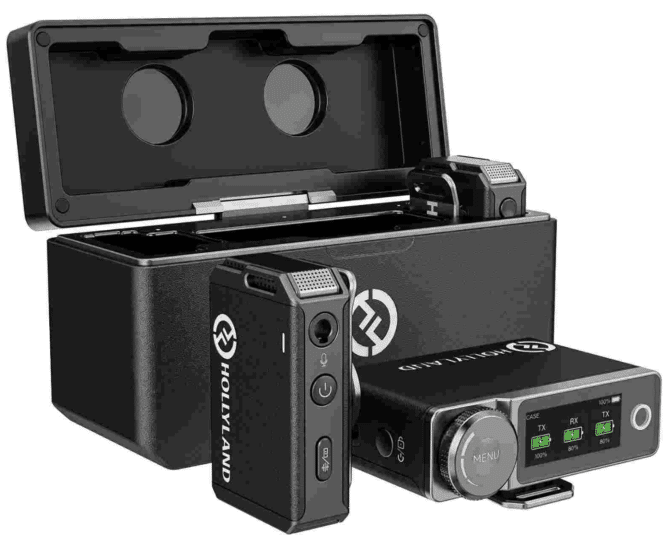
The Hollyland Lark Max delivers clean and professional wireless audio. Its omnidirectional microphone captures sound from all directions. That makes it suitable for all professional recordings – whether on camera, mobile, phone, or a computer. But there’s a lot more magic hidden in Lark Max.
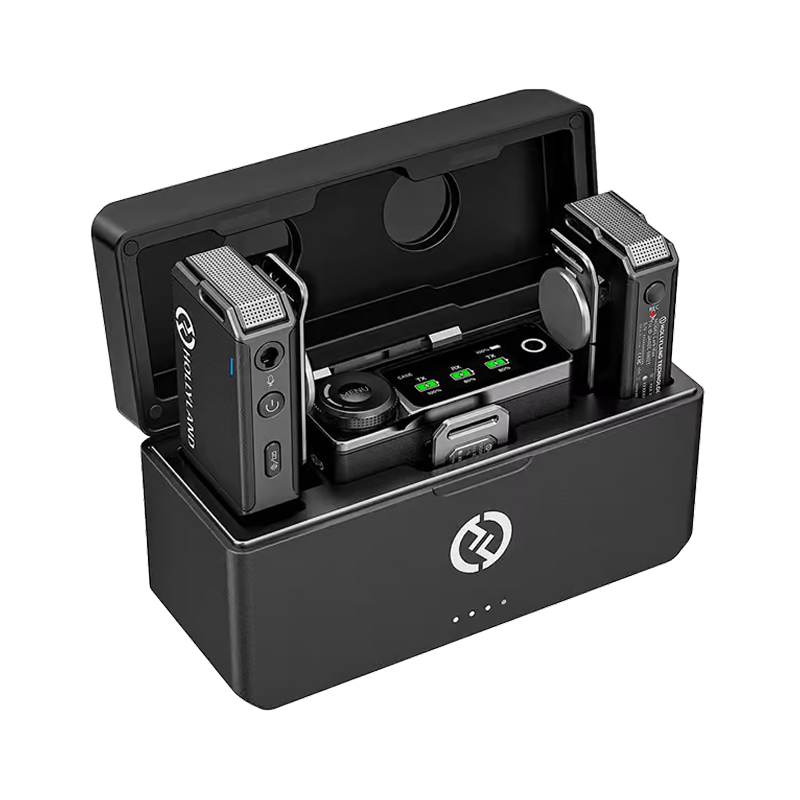
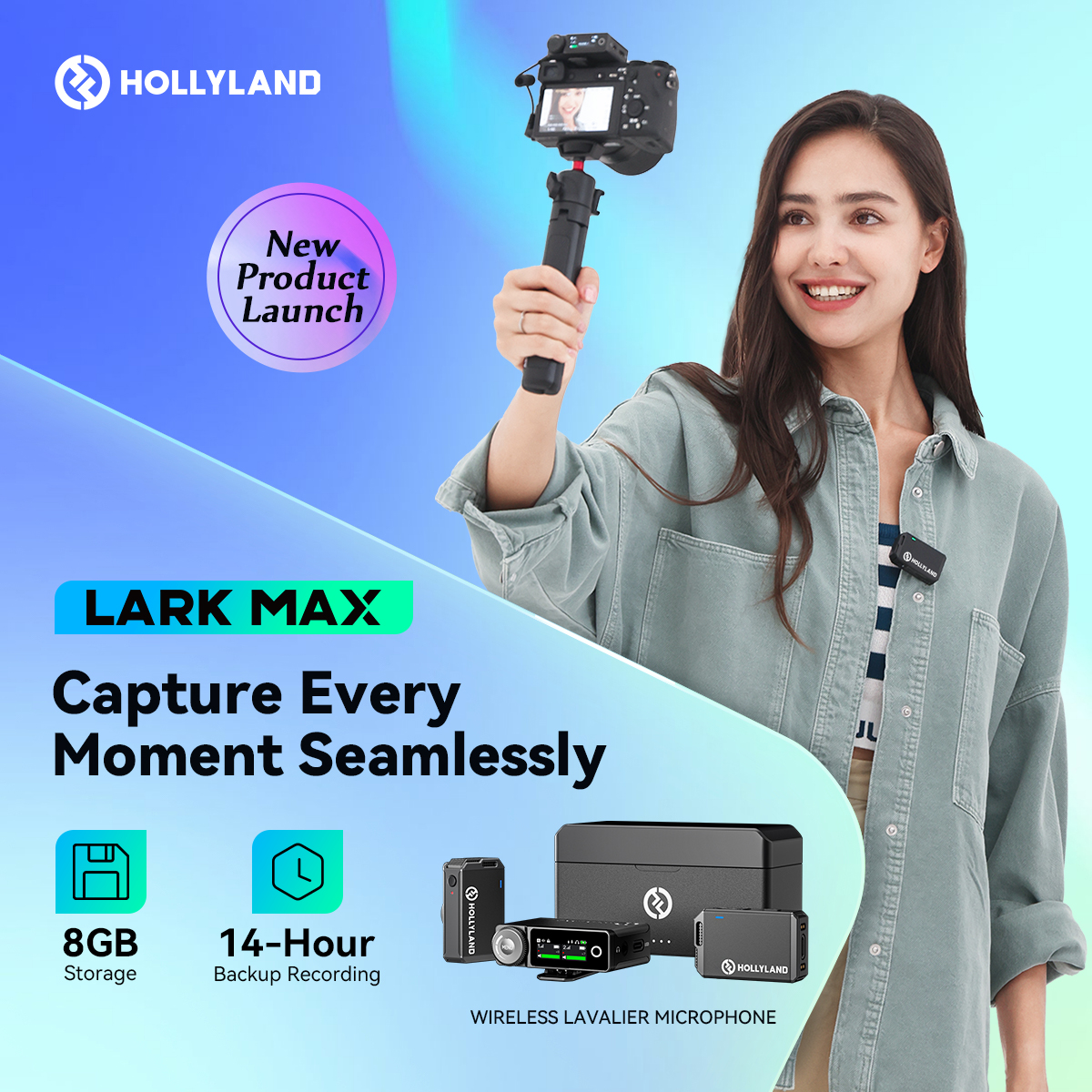
Hollyland LARK MAX - Professional Wireless Microphone
A professional wireless microphone system featuring studio-quality audio with advanced noise cancellation.
Key Features: Studio-Quality Audio | Magnetic Attachment | 8GB Internal Recording
At the center of this system is the MaxTimbre Mic technology. This unique multilayer design brings out voice clarity while reducing vibration and echo. It works alongside a wind-resistant mesh that helps block outdoor noise and gives you more control over your sound. With 48 kHz 24-bit audio resolution, the system records high-fidelity sound.
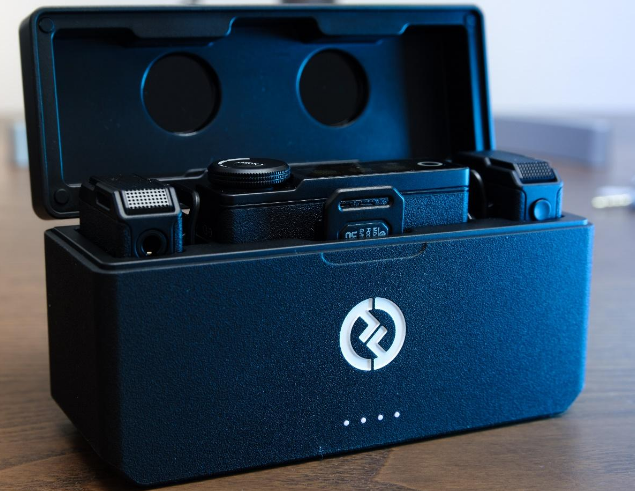
The Digital Signal Processing (DSP) feature helps remove unwanted background sounds. Whether indoors or outside, this keeps your voice sharp and focused. Each transmitter includes a built-in recorder with 8GB of storage. It saves up to 14 hours of uncompressed WAV files. Just switch on Auto Record mode from the receiver, and the transmitter begins recording. It’s a great backup when wireless signals are unstable. Additionally, Lark Max offers next-level noise cancellation. And it is all because of its Professional Environmental Noise Cancellation (ENC) technology.
Operating on the 2.4GHz frequency band, it offers a strong connection up to 820 feet. You can move freely while staying connected without worry. And guess what? The Battery life is also fantastic! Transmitters last up to 7.5 hours, while the receiver runs for 9 hours. With the charging case, the transmitters can reach up to 22 hours. Full charging takes less than 2 hours, and the receiver can charge while in use.
2. DJI Mic 2
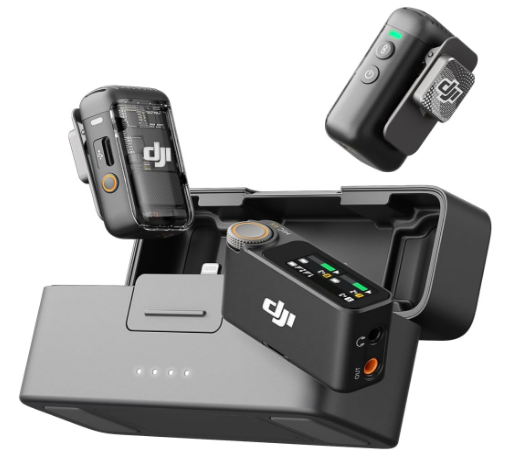
DJI Mic 2 is a Bluetooth wireless mic made for content creators. It works great for video shoots, live streams, or even interviews on the go. You can wirelessly use this mic up to 820ft. Each piece runs for 6 hours straight, and with the case, the time stretches to 18 hours. That’s a whole day of shooting with room to spare. You can even charge your phone and receiver at once when the mic is hooked up to a mobile device.
It comes with intelligent noise control to keep the background quiet and the voice clear. It also supports internal recording at 32-bit float, which helps preserve details even in loud or soft scenes. No need to unplug anything to hear your playback either. Both Lightning and USB-C options make audio easy to manage right from your phone.
On top of that, the receiver features a 1.1-inch screen with a dial for quick control. That combo makes quick settings a breeze. It also records in 32-bit float for safety. Even loud or soft sounds stay clear. Moreover, the frequency range starts from 50 Hz up to 20 kHz. Turn the low-cut on to skip the lower buzz.
3. Shure BLX288/PG58
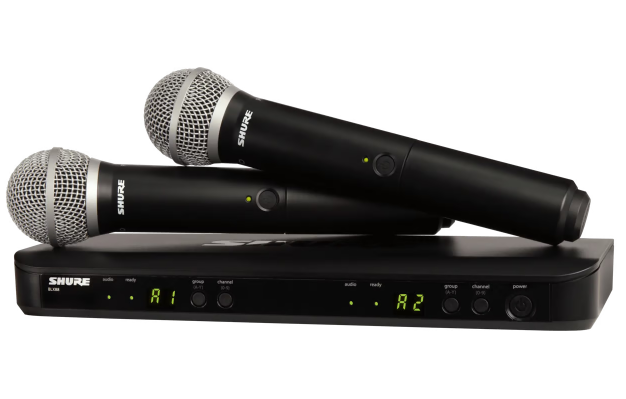
The Shure BLX288/PG58 wireless system brings smooth sound and smart design together. It comes with two PG58 handheld microphones and a dual-channel receiver. You also get mic clips, a power adapter, two AA batteries, and a clear guide. Just open the box, and you are ready to perform. No tangled wires. No confusion.
The setup is simple and takes just a moment. One touch and the system finds the best channel for you. With a strong signal range of up to 300 feet, performers can walk the stage freely. You can even move through the audience without missing a beat. That kind of freedom adds energy to any show.
Each transmitter runs up to 14 hours on two AA batteries. So you can keep going long after the crowd gets on its feet. Want more flexibility? You can operate up to 12 channels in one group. That means it fits large events too.
You also get mic variety. This system works with a bunch of Shure microphone options. So it adapts to different styles and voices. For singers, speakers, or entertainers, it covers all the bases. Sound stays sharp. Setup stays easy.
4. Audio-Technica ATW 1102 System 10
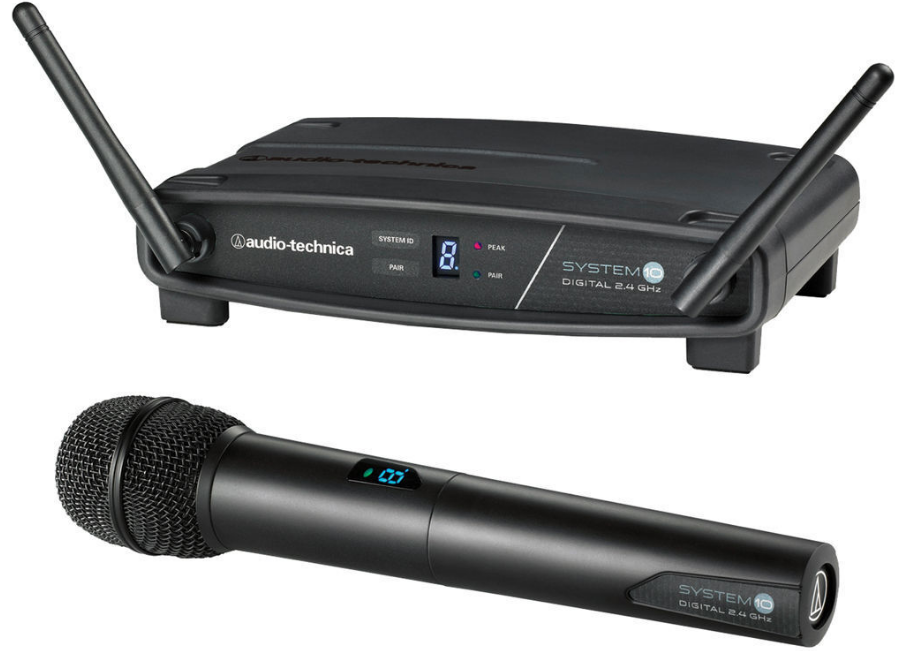
The Audio-Technica ATW 1102 System 10 keeps speech clear and sharp. It runs on digital audio at 24-bit and 48 kHz. This setup avoids the messy sound issues that analog systems bring. The mic uses a hypercardioid pattern, locking in on your voice. This blocks unwanted noise from the sides and behind.
Its handheld transmitter feels light but tough enough for daily use. The built-in microphone is great for speaking events and vocals. There’s an input trim tucked inside for clean volume control. A tiny screwdriver is included just for that purpose. The power button also works as a mute with one press. That mute feature can be locked to avoid any accidents.
You can pair up to 8 transmitters with one receiver. Just switch one off and the next one on. This is perfect for events with many speakers in a row. No more swapping wires or rushing between changes.
The system works on the 2.4GHz band with ease. You’ll get about 100 feet of range in open space. It offers a clean sound with distortion under 0.05 percent. The audio range begins from 20 Hz up to 20 kHz. And yes, it runs smoothly on standard AA batteries for 7 hours straight.
5. Phenyx Pro PTU-71-2H

The Phenyx Pro PTU-71-2H wireless mic system makes live audio feel effortless. It delivers crisp sound and steady performance, all without draining your wallet. Thanks to its smart scan tool, it can locate clean frequencies quickly. That means fewer dropouts and smoother shows. You’ll be stage-ready in no time, with nothing holding you back.
Its UHF circuit design is built for noisy signal environments. It blocks interference and keeps things stable when signals overlap. With 2 sets of 100 tunable channels, it gives you room to work. The adjustable bandwidth of 40 to 80 MHz gives flexibility as well. Setting up multiple systems becomes easy and headache-free.
Its range is great for big spaces. The system can cover up to 100 meters or 328 feet with no audio cutoffs. Thanks to four antennas and pro-level hardware, the signal stays strong. You’ll get the freedom to move without missing a word.
The handheld mic sounds rich and sharp. With its cardioid pickup pattern, it keeps the focus on your voice. Random room noise doesn’t stand a chance. It covers a nice frequency range from 50 Hz to 18 kHz. The battery lasts more than 8 hours, so you’re covered for long gigs. It runs on AC and puts out 13.5V DC power.
Conclusion
Many professional wireless mics exist today. These 5 shine in their own ways. Audio-Technica System 10 delivers clear sound and simple use. Phenyx Pro PTU-71 covers long distances without issues. DJI Mic 2 cuts down background noise well. Still, Hollyland Lark Max leads the pack. It has a built-in recorder and long battery life. This makes it perfect for creators who want reliable, high-quality audio.
Frequently Asked Questions about Professional Wireless Microphone Solutions
Q1. What kinds of wireless mics do professionals usually use?
There are mainly three types people go for. One is the handheld mic. It works just like the stage mics everyone’s used to. Then you have headset mics. These sit over your ears and leave your hands free. Great choice for folks who like to move around. The last one is the lavalier mic. It’s tiny and clips onto your shirt without getting in the way. Each type suits different needs depending on the job.
Q2. Which wireless mic frequency range works best?
The 470 to 548MHz band usually gives the best results. It offers clear sound and works well in bigger or busier spaces. You get fewer issues with dropouts or signal loss. Contrarily, several mic brands use the 2.4GHz band too. So, if you have to work in a quieter area, go for these. Moreover, 2.4GHz mics are more pocket-friendly. Just make sure there is not too much signal traffic around when using one.
Q3. Are wireless microphones worth using?
Absolutely. These mics make life much easier on stage. No cables mean no tripping or messy setups. That’s a big win. Speakers, singers, or performers can move freely and stay connected with their audience. It adds fun to the presentation. Whether you’re doing interviews or shows, going wireless boosts your game. You stay focused, and your hands stay free. More freedom means better energy. And let’s be honest, that just makes everything smoother.
Q4. Do Bluetooth microphones perform well?
Yes, Bluetooth mics are super convenient for mobile setups. They ditch the wires and work without a direct USB or XLR plug. That’s a big plus when you’re on the go. The sound might not be studio-level, but it’s solid enough. They shine in places where dragging cables just isn’t smart. Think outdoor shoots or field interviews. So, if you’re recording casually or need something quick, Bluetooth mics can totally get the job done.
Q5. Should you choose UHF or 2.4GHz microphones?
UHF mics are the pros’ favorite for a reason. They give crystal-clear sound and work great in crowded spaces. Systems like EW-D are top-notch. They sound almost like using a premium cable. That’s impressive! But don’t ignore 2.4GHz mics just yet. They’re easier on the wallet and perfect in controlled spaces. If you’re not dealing with signal chaos, 2.4GHz can still deliver clean audio and a smooth experience.
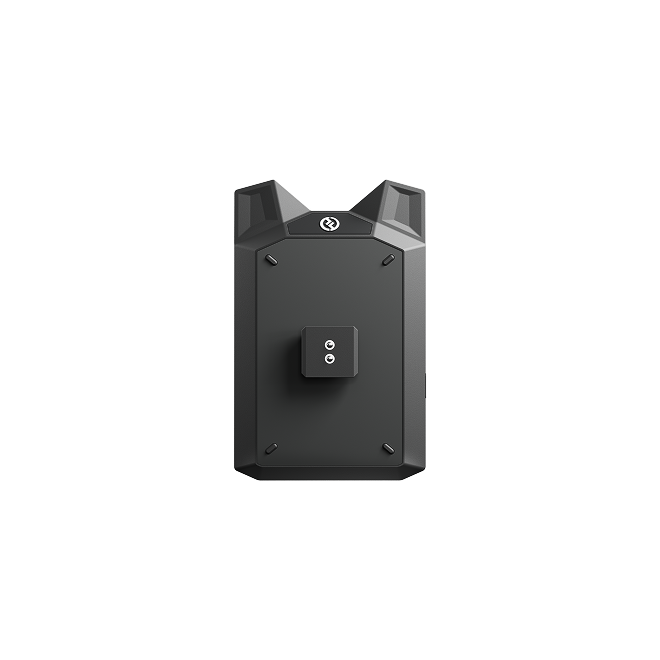

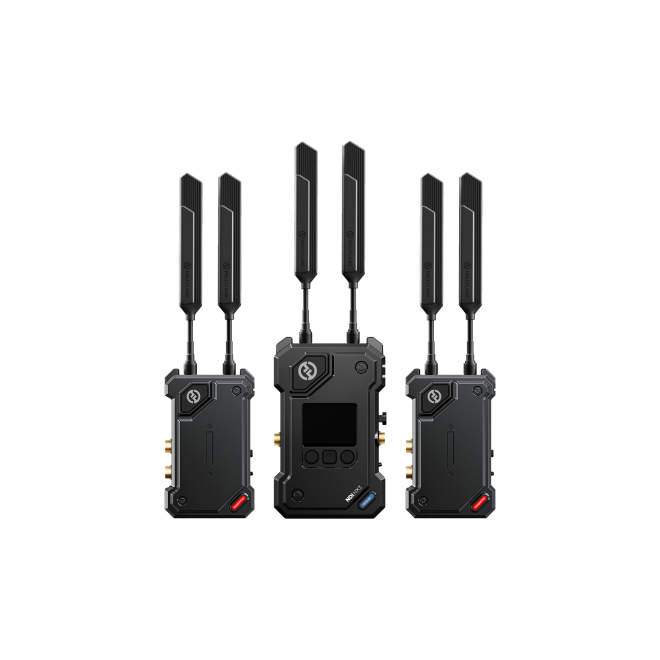
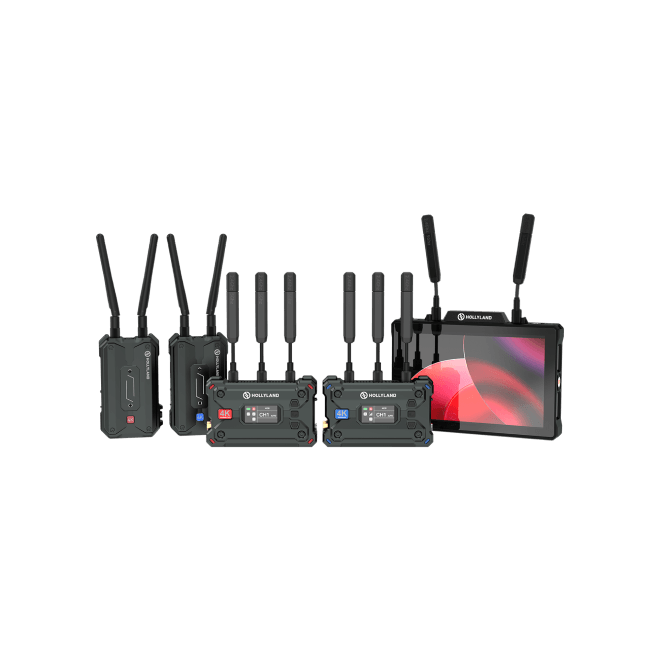
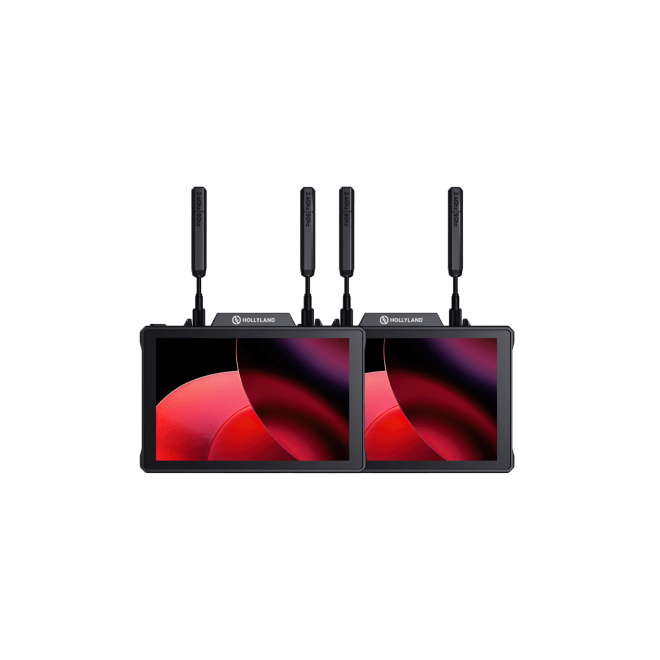
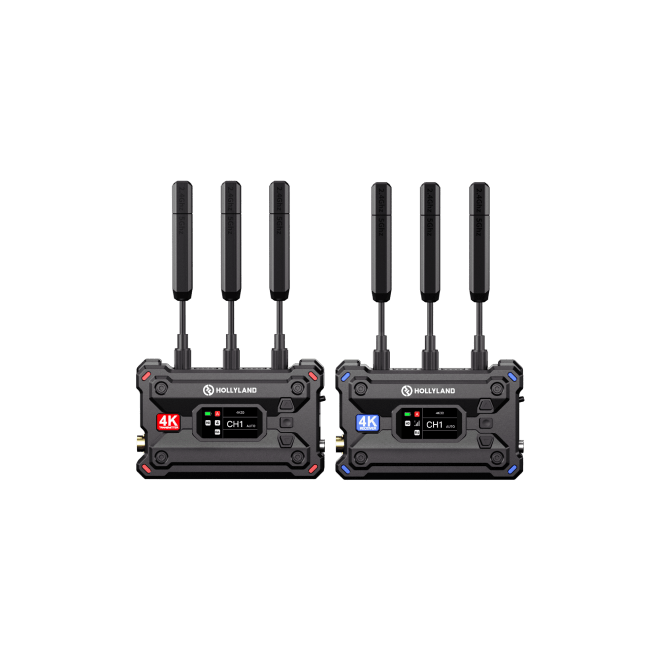
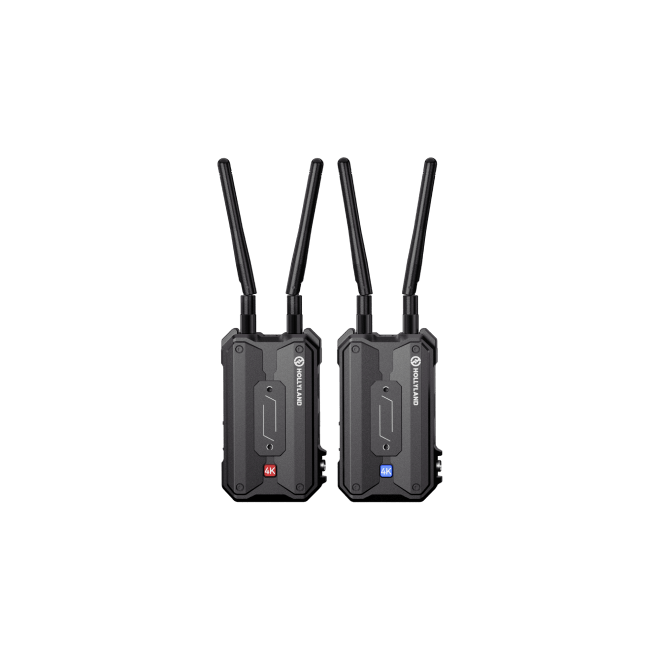
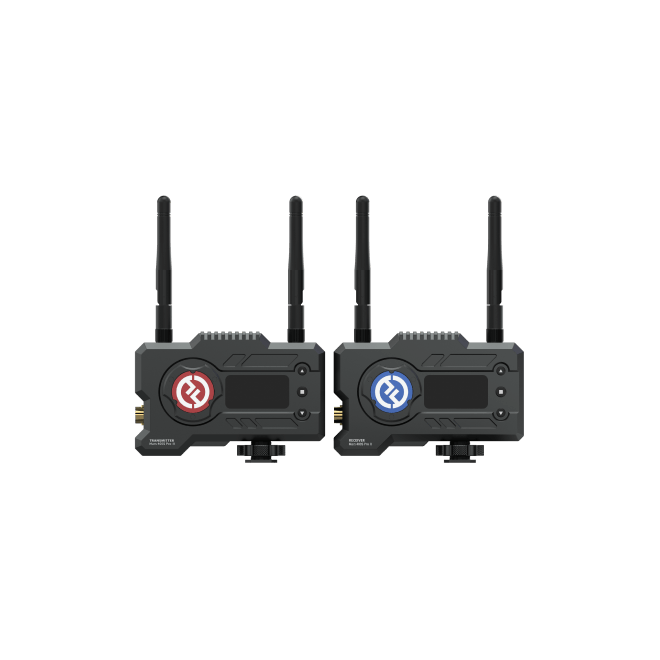
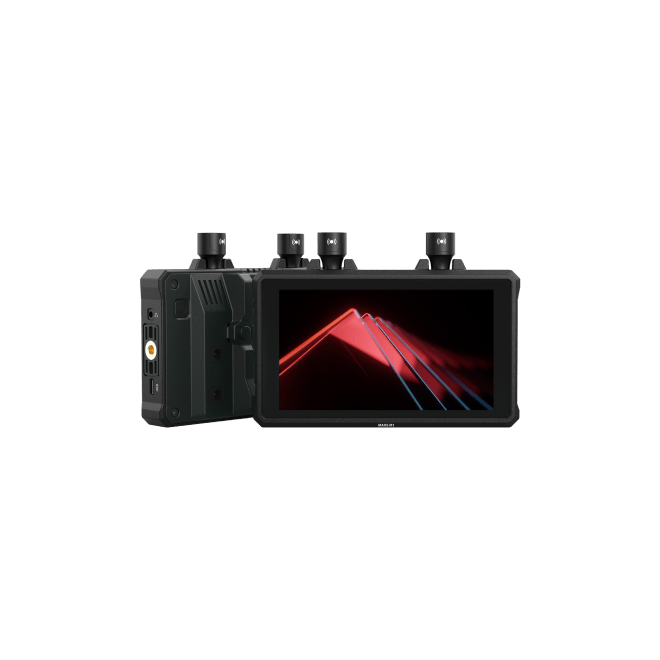
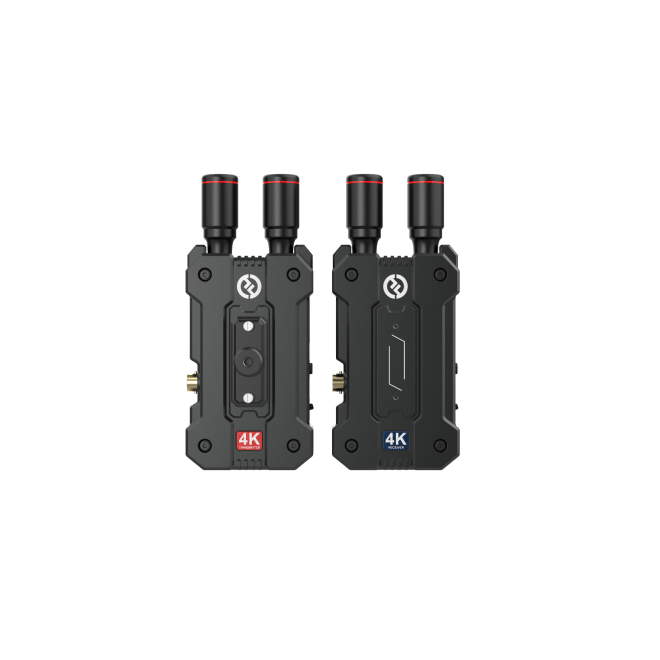
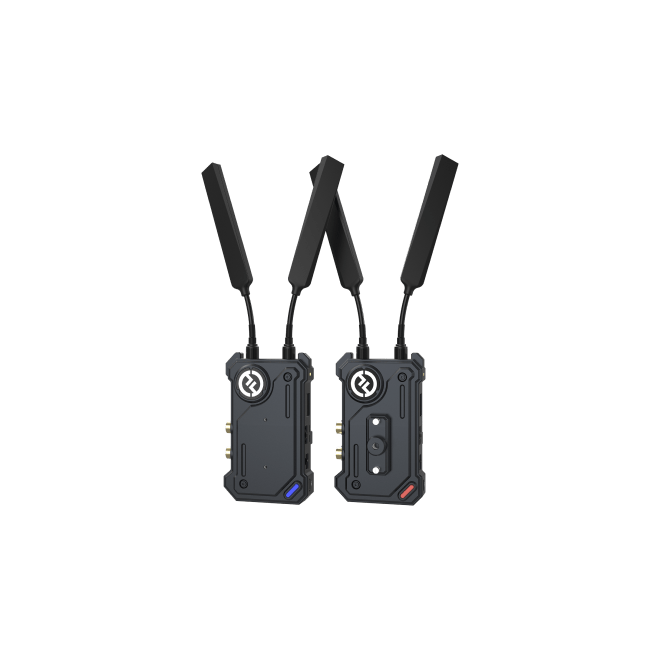
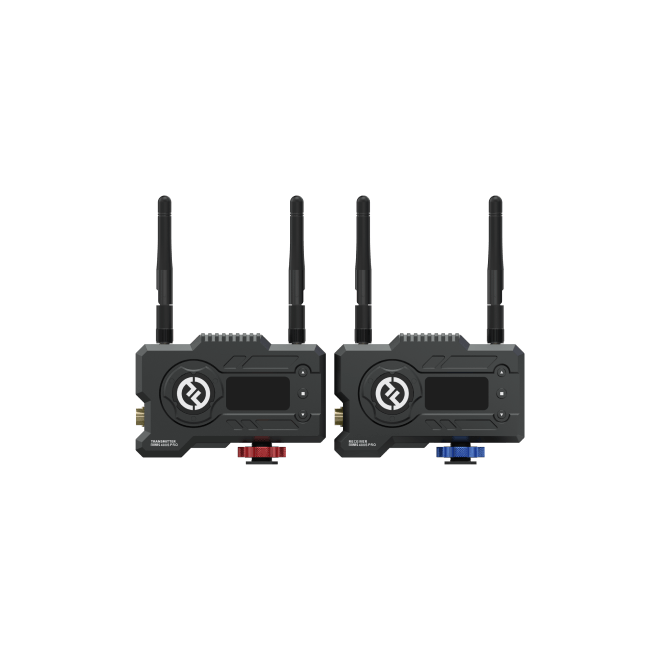
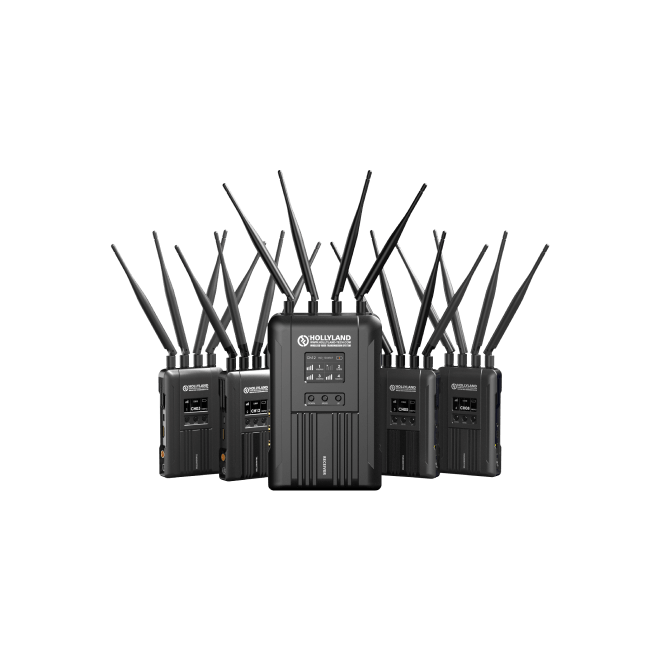
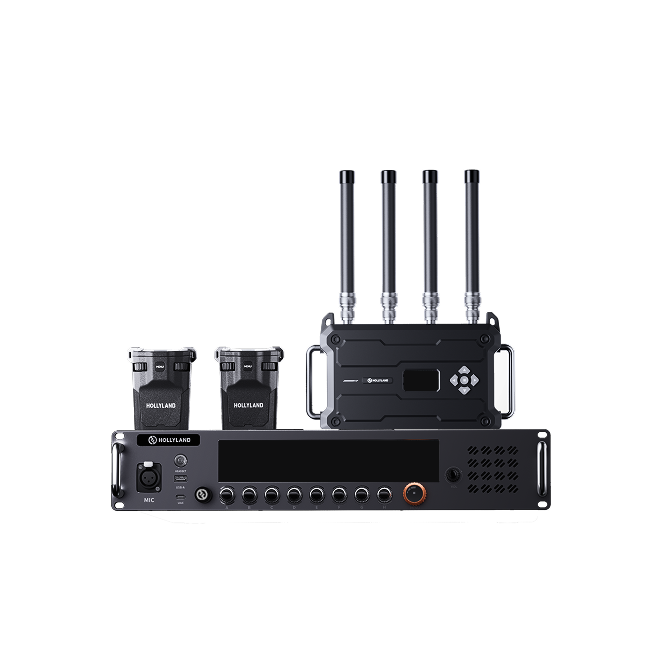

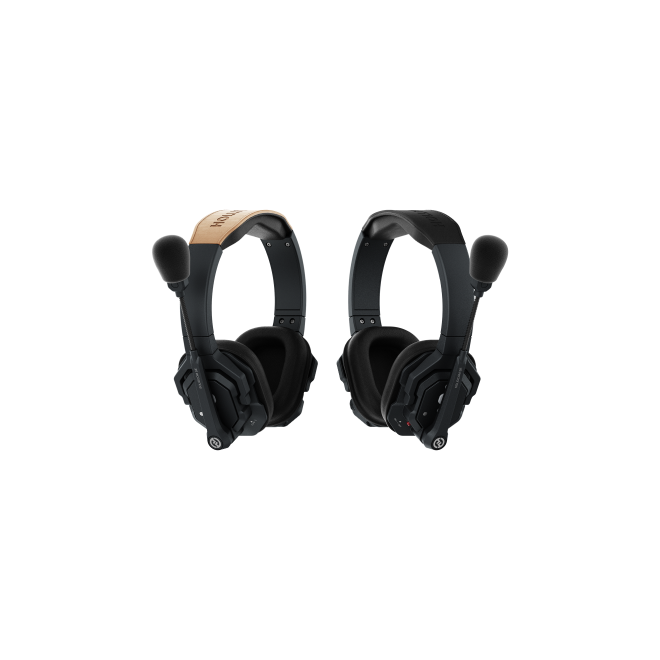

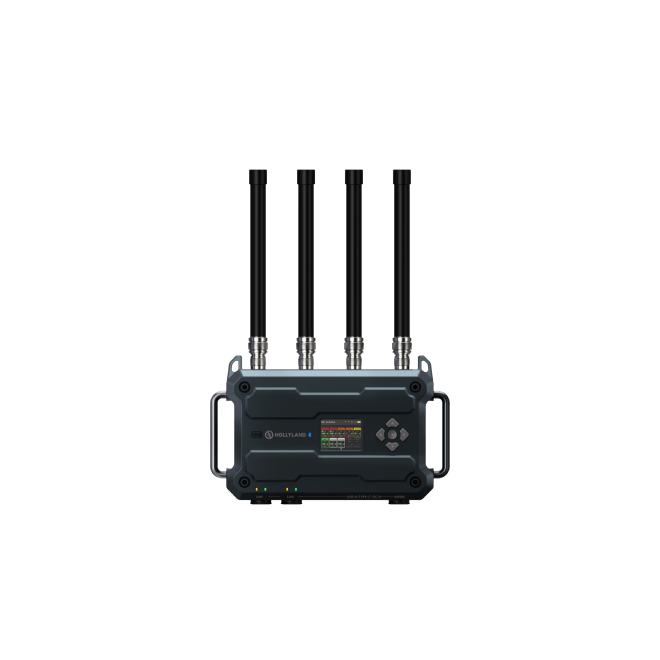
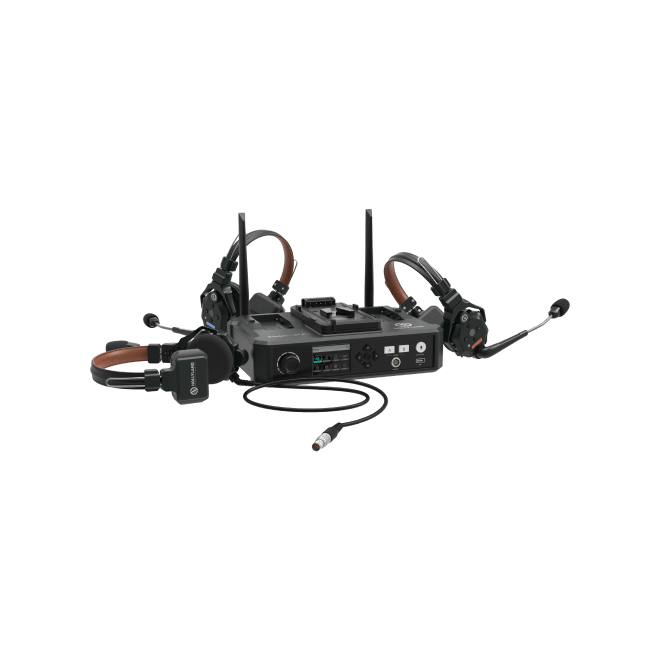
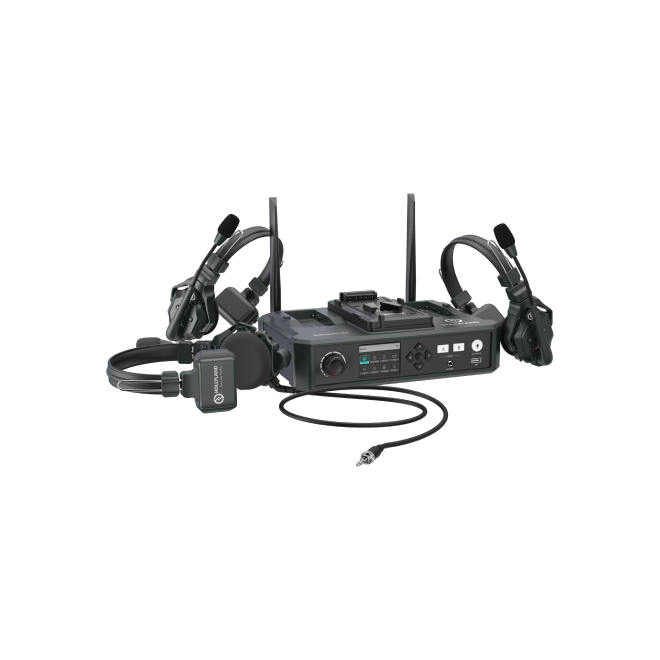

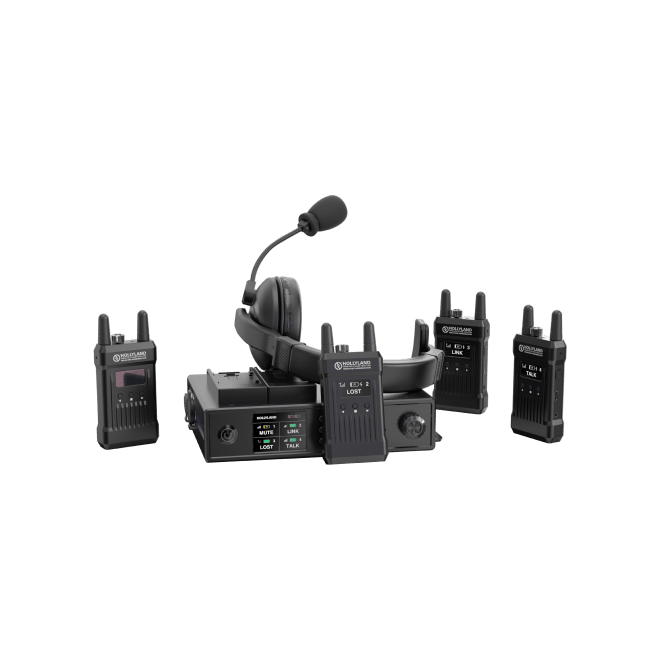

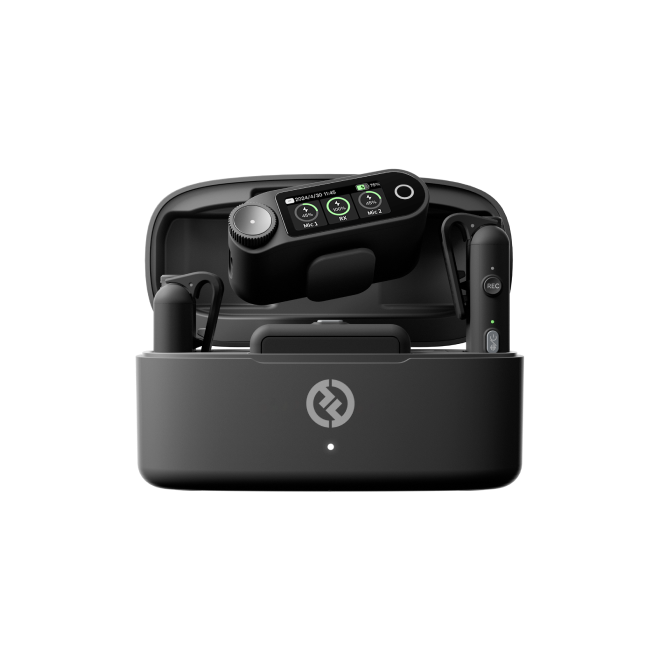
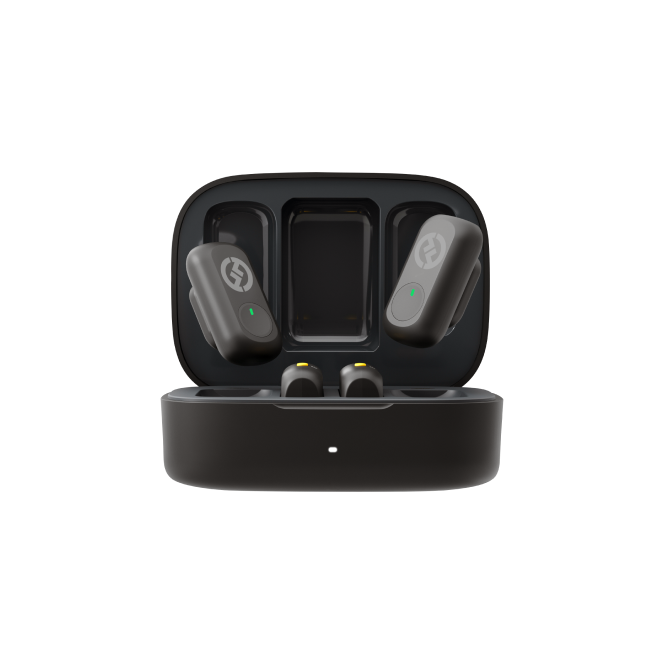

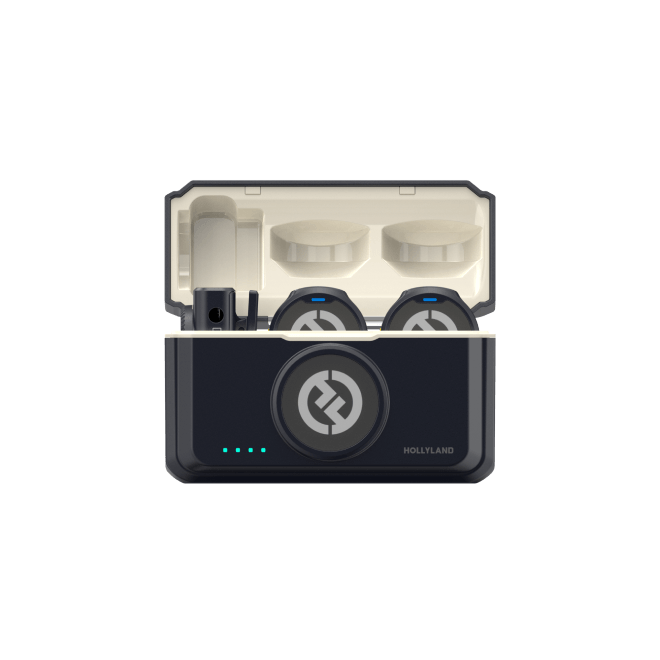
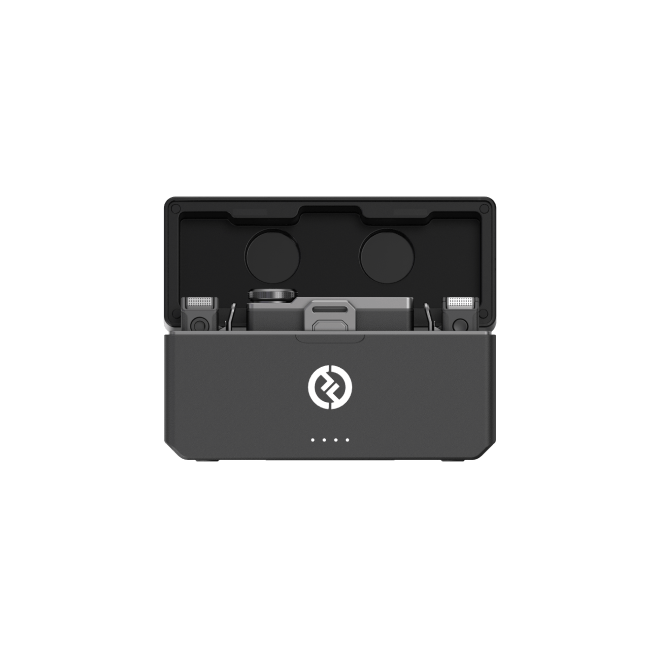
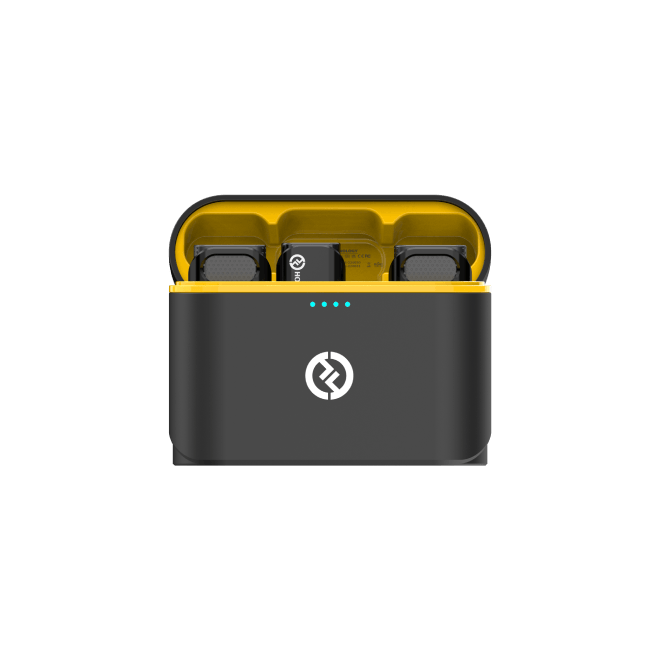
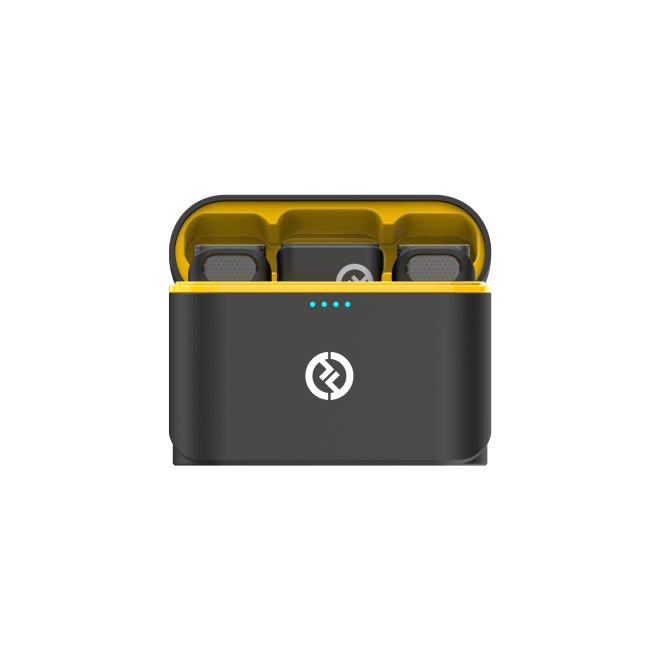
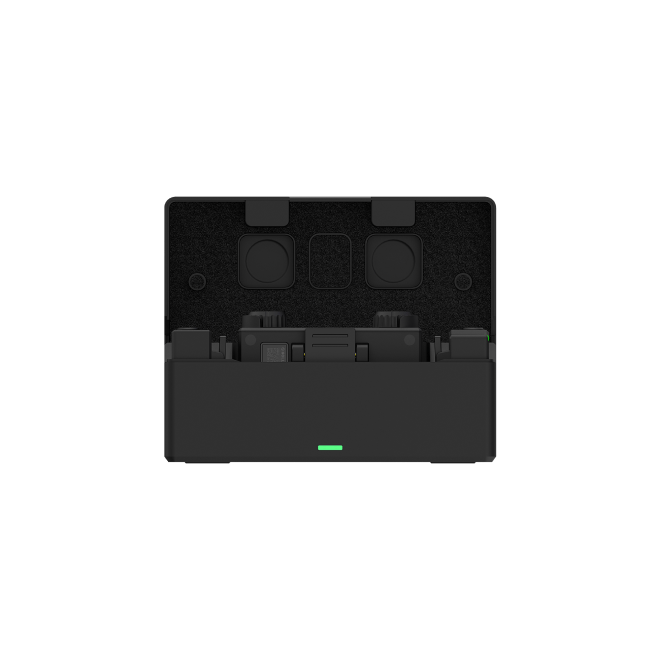

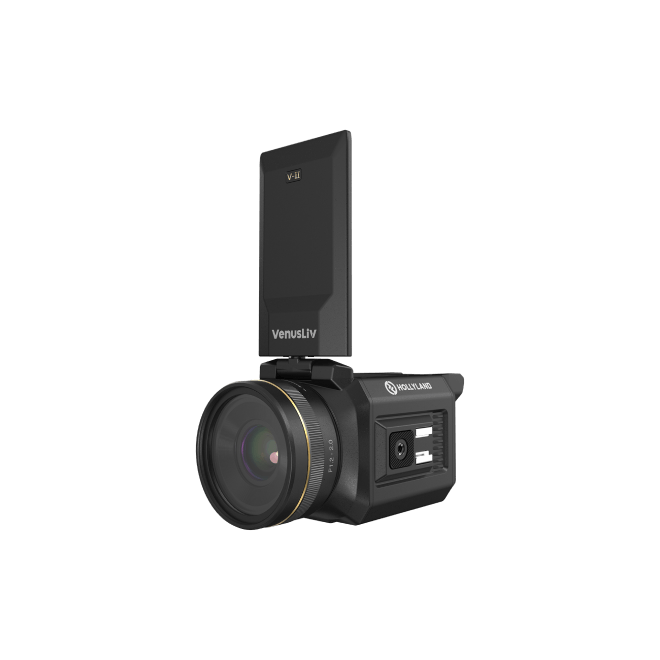
.png)


